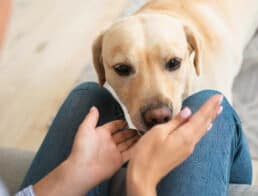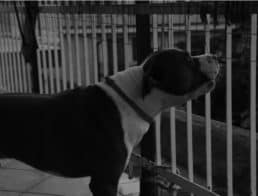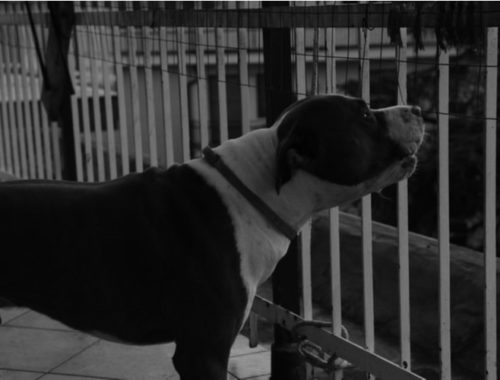Interested in teaching your dog to play fetch?
Fetch is not only a fantastic way to spend quality time with your dog, it’s also a simple and fun game you can play to help them stay in shape. Ensuring that dogs get enough exercise, attention, and mental stimulation is vital to their overall health and wellbeing.
With recent studies showing that many dogs have gained weight during the COVID-19 pandemic, it’s never been more important to ensure that your dog stays in shape. 1 In fact, the American Veterinary Medical Association (AVMA) suggests that veterinarians can present fetch as an option to dog owners whose overweight dogs need to slim down.2
Here are five easy steps to take if you’re ready to teach your dog to fetch.
Select a Suitable Toy
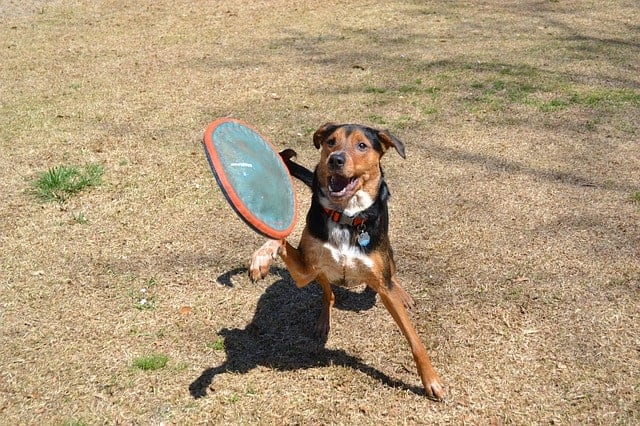
Photo courtesy: Pixabay Public Domain
Before teaching your dog to fetch, it’s important to first pick a suitable toy to use. Many pet parents assume that their dog’s favorite toy will be the best one, but this isn’t always the case.
The easiest way to figure out which type of toy will work is to present your dog with an array of options. Balls are a good bet, but be sure to steer clear of anything small or slippery that they could accidentally swallow or choke on. Look for a toy that your dog is attracted to and that is easy to throw.
If you don’t want to go out and buy the latest and greatest toy, the humble tennis ball should do the trick. You can also use a Frisbee but double-check that it’s dog-safe beforehand. While sticks may seem like a fine option, many veterinarians recommend against playing fetch with sticks given the injuries they can cause, so it’s wise to avoid playing with them altogether.3
1. Teach Your Dog to “Come” and “Hold”
In order to teach your dog to fetch, you’ll first need to teach them two basic commands: “come” and “hold.” Here’s what you need to do.
Start by holding the toy you’ve chosen to use in front of your dog. You may need to sit or crouch down so you’re at their level. Then, ask your dog to “come.” When your dog comes over to take a closer look and smell the toy, reward them with praise and a treat. If necessary, use a leash to gently pull your dog towards you.
Next, repeat this process, but get your dog to put the toy in their mouth and give them lots of praise and a treat once they do so. You can smear a little peanut butter on the toy to encourage your dog to grab it.
Now that your dog associates putting the toy in their mouth with being rewarded, it’s time to teach them to hold. Repeat the same process as before, but wait for them to hold the toy for a second before you reward them. Practice this a few times, saying the command “hold” each time so your dog understands that you’re giving them a verbal cue to hold the toy.
Once they have mastered holding the toy for one second, practice getting them to gradually hold it for longer (two, then three seconds, and so on), always being sure to reward them when they follow through.
2. Practice with the Toy in Front of Them

Photo courtesy: Pixabay Public Domain
Now that your dog is getting into the swing of things, you can focus on honing their “holding” skills. This time, place the toy directly in front of them. Ask your dog to “hold” the toy. When they pick it up and do so, praise them and give them a treat. Practice this until they get this step just right.
3. Place the Toy Further Away

Photo courtesy: Pixabay Public Domain
Once your dog has mastered step 3, place the toy further away from them. Ask your dog to go “fetch” the toy and reward them when they retrieve it and hold it in their mouth. When it’s clear that your dog understands the process, gradually start to increase the distance to the toy.
4. Start Throwing the Toy to Them
The fourth step is to start alternating between placing the toy down on the floor and throwing it to them to fetch. As you alternate between these two actions, make sure to continue to say the command “fetch” each time. Depending on how quickly your dog takes to this new trick, you may need to keep rewarding them with a treat.
5. Tell Them to Come and “Drop”
Once your dog is going to get the toy when you throw it, you can tell them to “come” back to you. To teach the command “drop,” simply offer your dog something of high value (usually a treat!), and when they drop the toy to take the treat, give them lots of praise… and the treat. Before you know it, your dog will have successfully learned how to play fetch in just 5 simple steps!
Tips to Keep in Mind
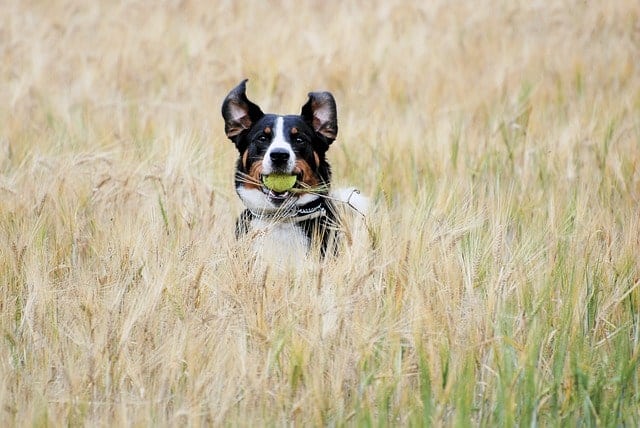
Image courtesy: Pixabay Public Domain
Keep Fetch Sessions Short and Sweet at First
When your dog is learning the ropes of this game, it’s best to keep practice sessions short and sweet to avoid frustration and tiring your dog out. You can always spread a couple of 5- to 10-minute sessions throughout the day if you’re both eager to play.
Practice Playing Fetch with a Ball Launcher
Continuously throwing a ball can quickly tire out even the fittest of us. So why not play fetch with a ball launcher? The benefits of using a ball launcher to play fetch are two-fold: it will reduce the strain you feel from continually throwing a ball, and it will allow you to throw the ball farther once your dog is an accomplished fetcher.
Introduce New Toys to Keep Things Fun
Don’t let your game of fetch become stale! Once your dog grasps how to play, consider introducing some new (but still safe!) toys for your dog to fetch.
Don’t Stress If Your Dog Really Isn’t Engaged
While some dogs have a natural instinct to retrieve and won’t get bored playing fetch, others won’t be the least bit interested in the game.4 Perseverance often pays off, but if your dog truly doesn’t seem to be engaged by fetch, don’t be disheartened. Just like us, different dogs enjoy different activities, so it’s perfectly fine if fetch isn’t for them!
- AVMA. Some pets putting on pounds during pandemic, some getting more exercise. Avma.org. Published February 3, 2021. Updated February 15, 2021. Accessed February 23, 2021.
- AVMA. Taking on obesity as a disease: Statement, sessions, and toolkit address the excess weight so common now in cats, dogs, and horses. Avma.org. Published September 12, 2018. Updated October 1, 2018. Accessed February 23, 2021.
- Veterinary Referral Center. Why is my pet always sick? Vrcmalvern.com. Published August 30, 2020. Updated October 1, 2018. Accessed February 23, 2021.
- Downing R. Healthy Exercise for Dogs. Vcahospitals.com. Accessed February 23, 2021.

